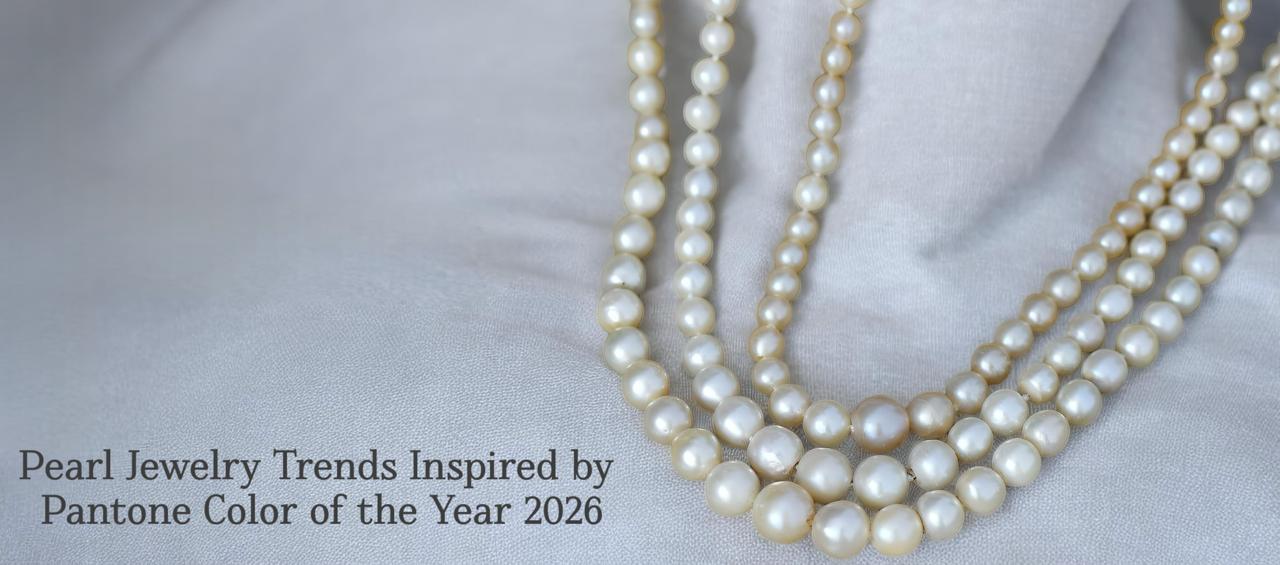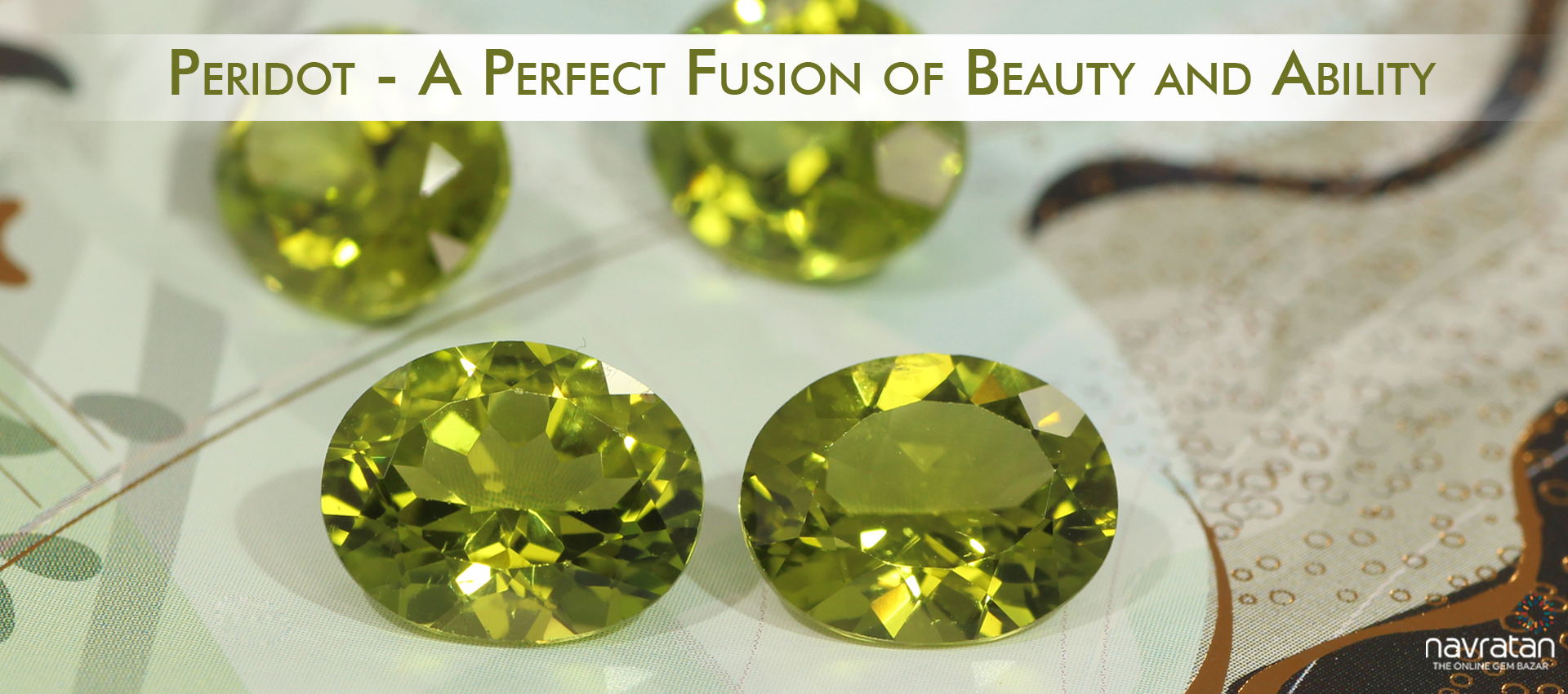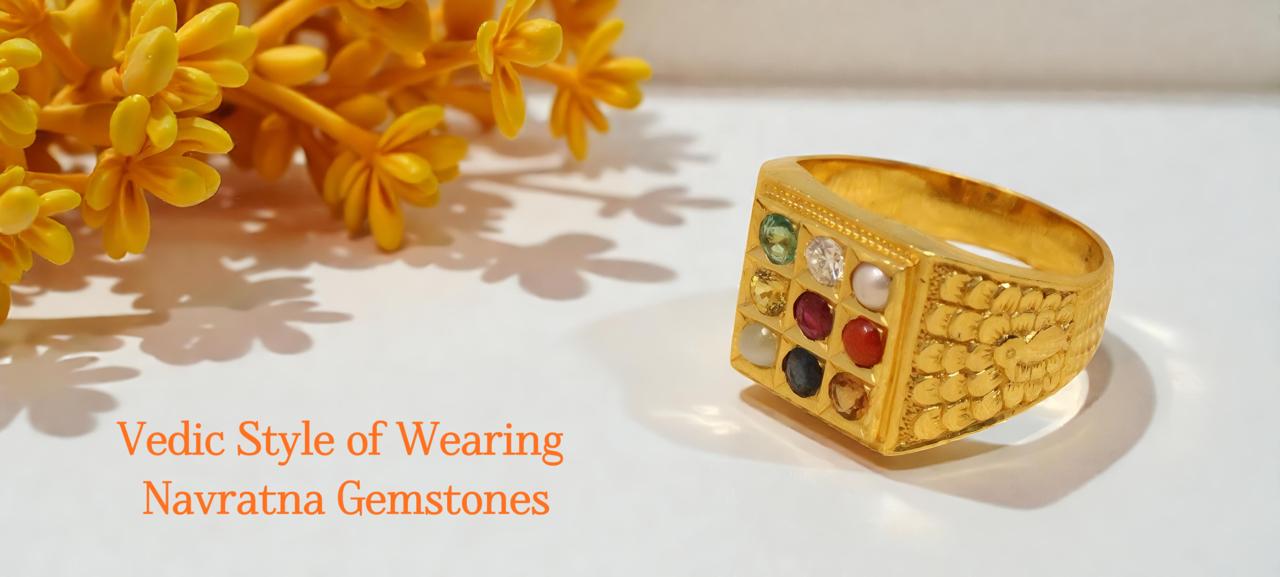 Categories
Categories 
Natural ruby, aka Manik Stone, is generally sourced out of the open trenches in hillsides, limestone caves, alluvial fields, and underpasses in host gravels.
Burma, now Myanmar, is globally renowned for its Burmese Rubies, the best-in-class rubies. From time immemorial to the present day, the land of Burma has been a historical producer of fine-quality rubies. However, Burmese Ruby is a prestigious term that is widely used in the trade of gemstone for the finest quality rubies and does not always indicate the geographical roots. Presenting here is an all-inclusive guide to
the history and trade of this exclusive red stone.

What Is So Unique About Burmese Ruby (Burma Manik)
Burmese rubies are counted among the most precious and prestigious class of ruby gems. The key reason for its exclusiveness is not just its premium quality but also its rarity. Since the land of Burma is almost out of stock due to heavy extraction and the country is not producing any more rubies; original Burmese rubies, aka real Burma Manik, are extremely hard to find in the market. Thus in simpler phrasing, we can say that the rarity is the primary factor that makes this stunning red stone so exceptional and treasured among the global lapidaries and gem lovers.
History of Burmese
Myanmar holds a rich culture of crystals, which is surrounded by endless gemstone mines, and rubies have been mined on this earth for millennia. The finding of rubies from the world-famous Mogôk Valley of Myanmar is flooded with myth. There are also sayings about shooting crows and getting rubies from their claws while they retrieved the prays. After more exploration, rubies were found lying around in the mud. This area was further founded as original mogok ruby . Out of all the shades and sources, Pigeon Blood Burmese rubies are regarded as the uppermost echelon.

Major Mines of Burmese Ruby
Burmese Rubies predominantly arrive from two deposits, Mogôk Valley and the Möng Hsu mine of Myanmar. Mogôk is the historic one that has been drilled for centuries while mining in Möng Hsu has just started in the span of the 90s. The grade of the Original Mogôk rubies is used to be so superior that several historic monarchs have had many of these rubies encrusted in their beloved items ranging from the crown to necklaces and even the shoe.
No Heat Vs. Heated Rubies
Most varieties of gemstones undergo some or other kind of treatment that strives to enhance their overall quality. Popular treatments in the gem market comprise oil treatment, heat treatment, bleaching, dyeing, surface coating, laser drilling, and fracture filling. Heat treatment denotes the procedure of heating a stone to improve its color and clarity. Generally, rubies go through this heat treatment process where they are exposed to as high temperatures as 1800° Celsius or 3300° Fahrenheit in order to not only remove any purple, pink, or blue tints and attain the prominent pure red hue but also to eliminate the tiny needle-like inclusions inside the stone, otherwise known as “rutile silk nest”. Besides ruby, aquamarines, sapphires, and amethysts are the gems that typically go through such treatments.
Rubies from Mogôk Valley and Möng Hsu differ typically on the grounds of appearance, especially when mined. In terms of treatment, where Real Mogok rubies usually do not require any sort of heat or chemical treatment for color enhancement; the mine of Möng Hsu is mainly known for producing rubies that are further heat-treated for rectifying the issue of color zoning. Rubies of Möng Hsu usually hold color zoning in the form of dark cores, which are being processed under heat to pull the extracts of such shady essences and make them look way more similar to the Mogôk rubies. In this way, Burma is renowned for providing both heated and unheated rubies to the world.

Where heated rubies are widely available and deemed to be commonly accepted by this trade market, on the contrary, finding an unheated Burma ruby seems quite a challenge, which makes it, unessential to mention that original and unheated Burmese rubies are far more worthwhile and pricey than those that have undergone any sort of heat processing. Explore more details about the treatments of this precious stone in Types and treatments of ruby stone.
The Tough Times of Burmese Rubies
After the British took over the territory of Burma in 1886, the mines of Mogôk were also got ruled by the British corporation, naming it as ‘The Burma Ruby Mines Company’. In 1925, when the British association was wounded, the control of mines reverted to the Burmese regime. In the era of the '60s, a military troop sabotaged Burma, resulting in which the borders of this country got sealed. As expected, the production of ruby from Mogôk was also hampered and the trade activities were all ceased. Owing to the formidable situation, abundances of rubies were smuggled out of Myanmar (formerly known as Burma) and hawked to Thailand.
Note:- Check out the price of ruby stone in our previous piece of writing Ruby Price Guide.
Trade Bans With The United States
For millennia, it is quite apparent that the political factors of the nation Burma have highly impacted the trade of Burmese rubies around the globe. In the year 2008, US Congress passed an act naming, The Tom Lantos Block Burmese JADE (Junta's Anti-Democratic Efforts) Act. In reaction to the violation of countless human rights by the military regimes, this act prohibits the importation of Burmese rubies and other precious stones like jadeite into the United States of America. Not just the original ones, Tom Lantos JADE Act also banned the bringing in of Burmese rubies even in the processed form and via any other country. Since the availability of these stones was quite limited before the act, the prices of Burmese rubies skyrocketed after the ban.

Lately, Myanmar initiated a series of political, social, and economic reforms in 2011. Numerous movements were driven to reframe democracy in Myanmar, and in May of 2012, with the parliamentary elections of Nobel Peace Prize winner, Aung San Suu Kyi, the US government lifted various economic sanctions against Myanmar. However, sooner the campaign of the Myanmar military to expel Rohingya Muslims out of their country turned fierce and several nations imposed strict boycotts on the country.
In 2016, with a respite in the violent circumstances, the JADE Act against Burma had gained a setback, permitting the resumption of trading of gemstones between Myanmar and the US. At the present time, Myanmar is in the midst of a civil clash since February 2021. Though there arise no absolute restrictions like the JADE act, still a number of international dealers choose not to purchase rubies from here since military controls are still singled out over the sources and the exact seller can be indefinite. Many others who are buying rubies from the land of Thailand, opt to be exceedingly cautious regarding their acquisition as the country is notorious for smuggled gems.
Buy Certified Burmese Rubies Online

Being highly exclusive, this precious red stone is barely available for sale. Henceforth, if you are planning to buy one, make sure to Buy Certified Burma Ruby (Manik) online from a trusted gemstone store that provides you with a certificate of authenticity from a reliable and authorized gem lab like GRS, GIA, Gubelin, SSEF, and IGI. Have a safe buy..!


Pearl Jewelry Trends Inspired by Pantone Color of the Year 2026
January 5th, 2026
Top Zodiac Signs That Will Shine This Year & Their Gemstones Guide
January 3rd, 2026
